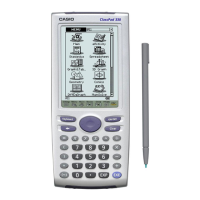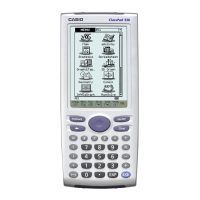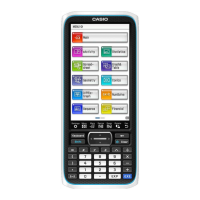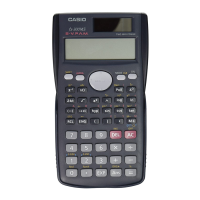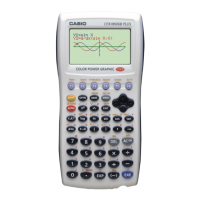PSF_SIZEABLE This flag determines whether or not an object can be
resized. The application level software can modify this flag.
PSF_MOVEABLE This flag determines whether or not an object can be moved.
The application level software can modify this flag.
PSF_NONCLIENT This flag, when set, allows a child object to draw outside the
client area of its parent. The application level software can
modify this flag after the object is constructed but before the
object is displayed.
PSF_ALWAYS_ON_TOP This flag insures that the object is always on top of its
siblings. The application level software can modify this flag.
PSF_ACCEPTS_FOCUS This flag indicates that the object will become the receiver
of input events when selected. The application level
software can modify this flag, but normally this is not
advised.
PSF_VIEWPORT This flag, when set, instructs PegPresentationManager that
the object should be given a private screen viewport.
GetStatus() returns the status flag of the current PegThing.
AddStatus() can be used to modify an object’s mwStatus flags. AddStatus() will
logically OR the wMask parameter with the object’s mwStatus variable. This function is
used often by the PEG foundation objects to modify the state of a visible window or
control, but is rarely used by the application level software.
RemoveStatus() is the opposite of AddStatus(). RemoveStatus() can be used to clear
individual bits or a combination of bits in an object’s mwStatus variable. This function
will logically AND the complement of wMask with the object’s mwStatus variable.
PegThing Style
All PEG objects also have a set of style flags associated with them. The style flags are
very important to you as a user of the library, in that these flags allow you to easily
modify many things related to how an object appears and functions. The style flags are
interpreted in different ways by different object types, and some style flags apply only
to certain types of objects. PegThing provides the following functions that will allow
you to read or modify an object’s style flags at any time:
void FrameStyle(WORD wStyle);
WORD FrameStyle(void);
virtual WORD Style(void);
virtual void Style(WORD wStyle);
The FrameStyle() functions can be used to get or set the appearance of the frame for
most PegThing derived objects. The available styles are:
FF_NONE No frame
FF_THIN Thin black frame
15
